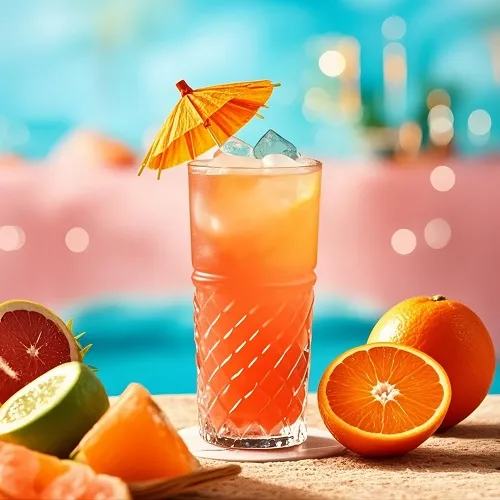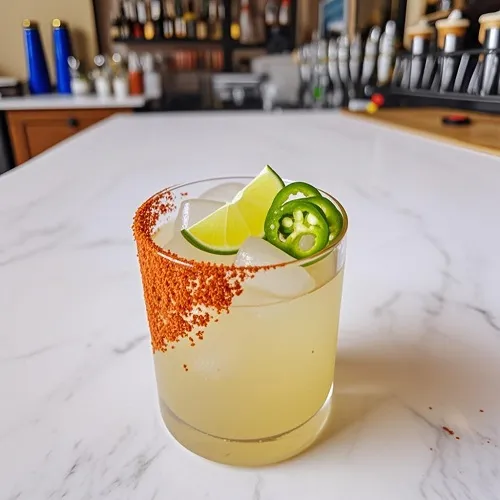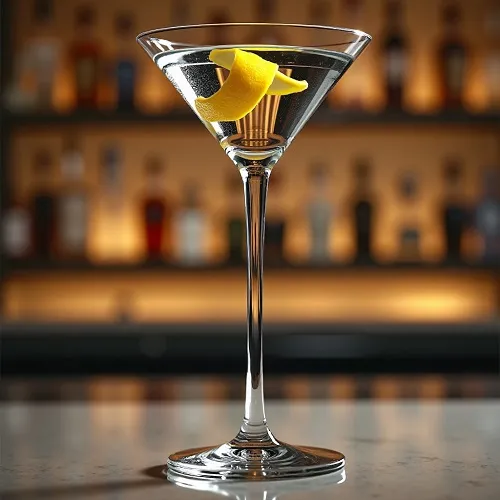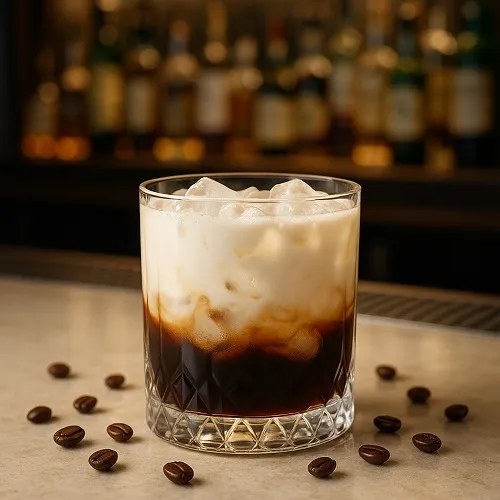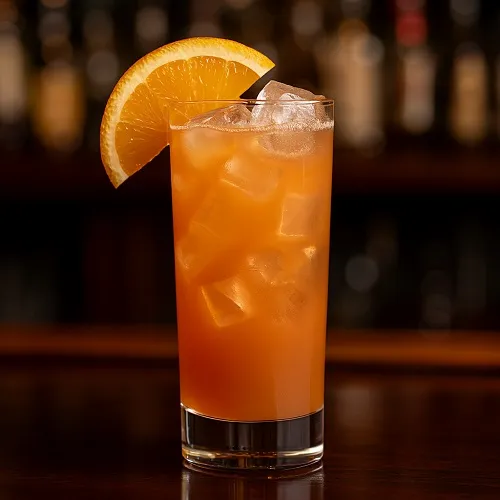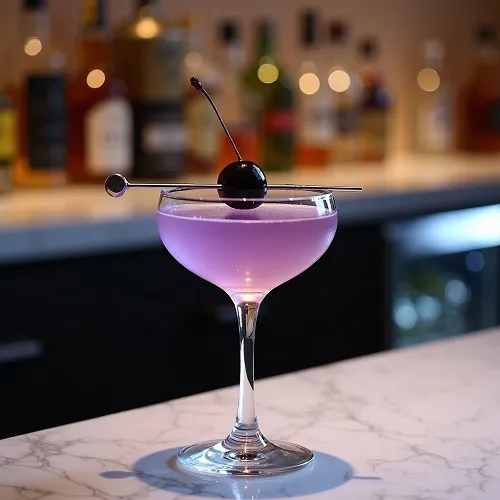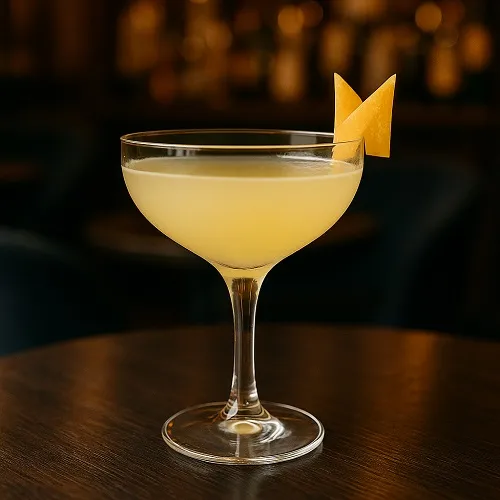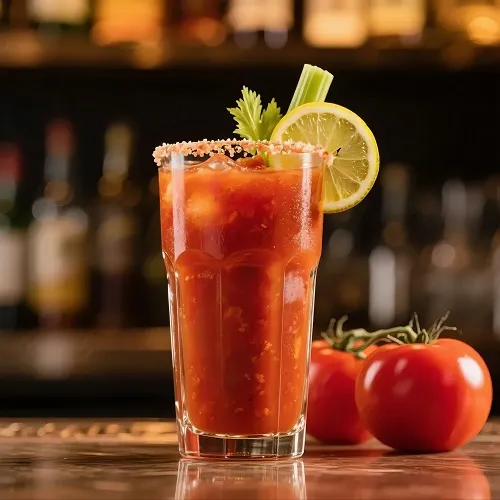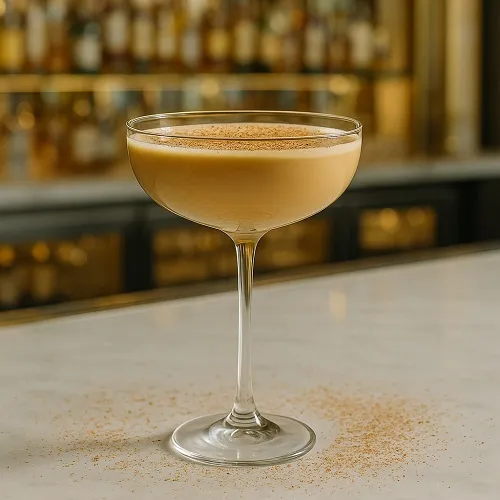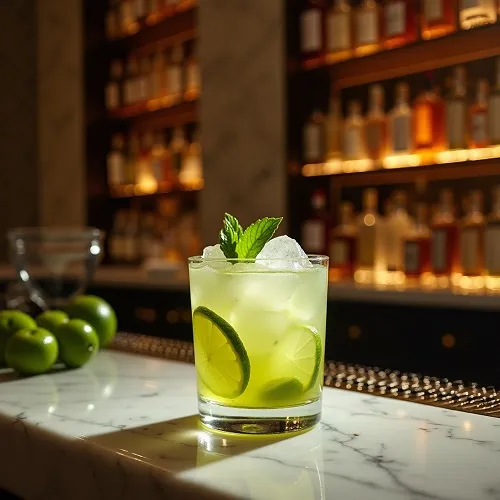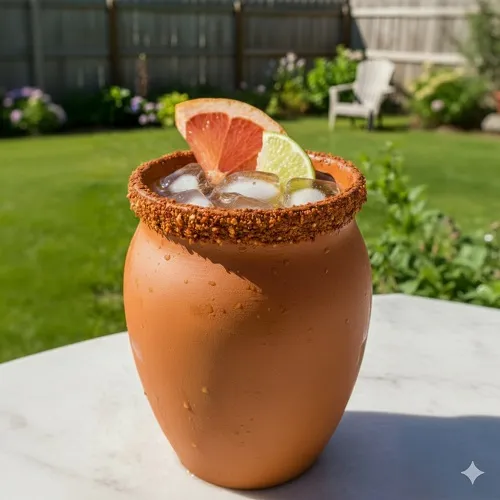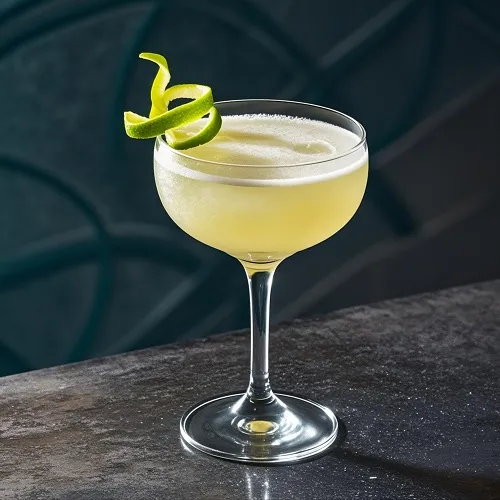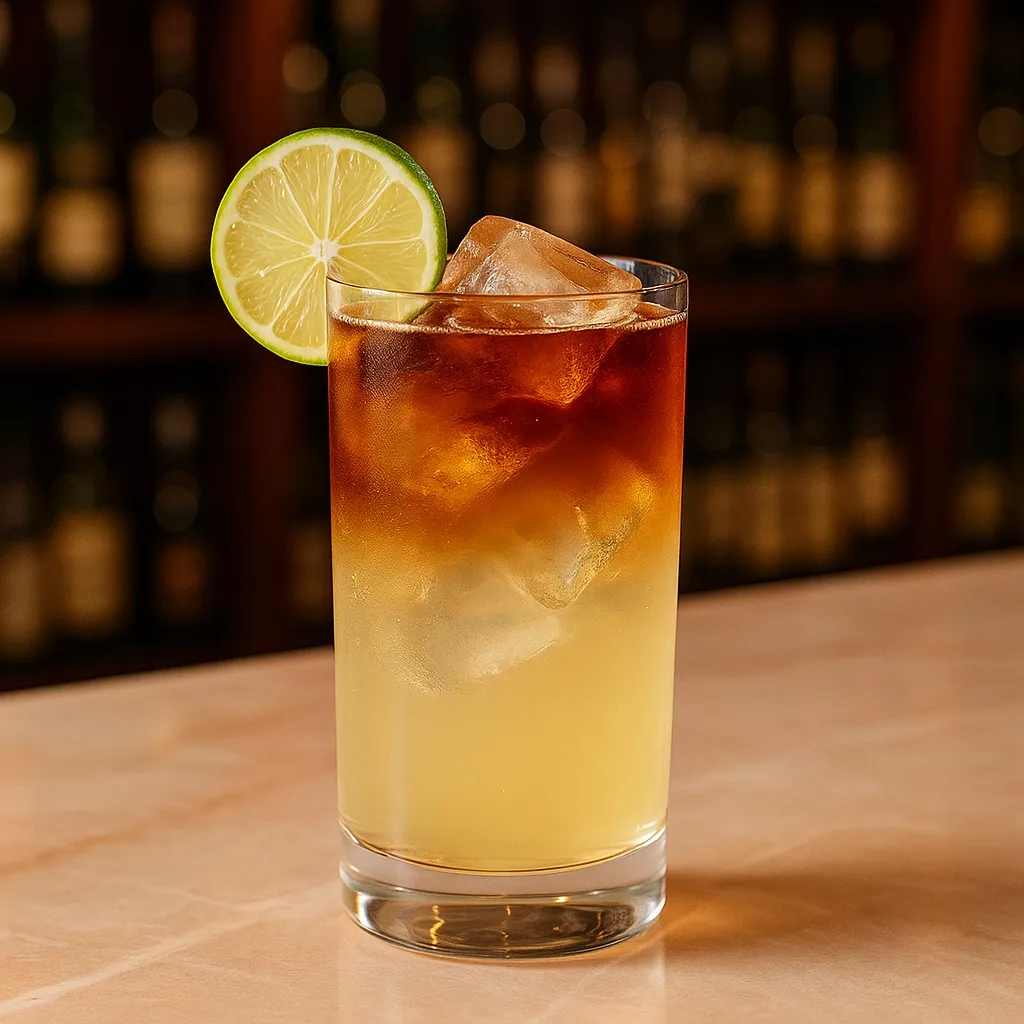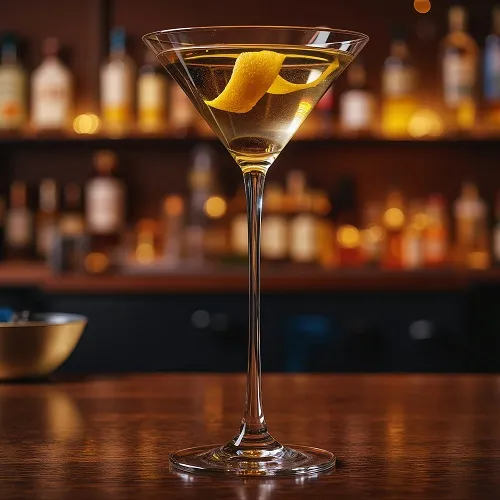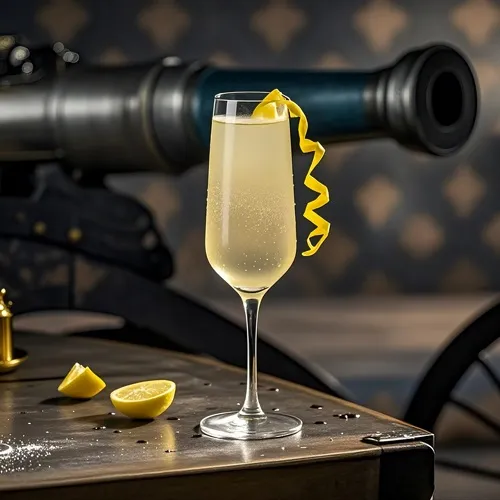Boulevardier: When Whiskey Dances with Bittersweet Sophistication
Sophia
Updated 10/25/2024
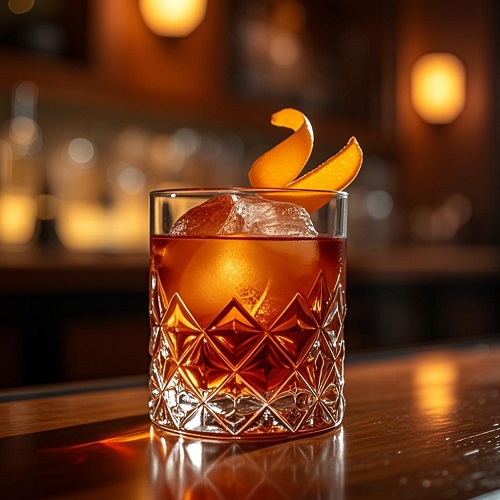
I. The Cocktail World's "Suit-Clad Maverick" 🥃
If the Negroni is the Italian heartthrob in a crisp white shirt, then the Boulevardier is the American gentleman draped in flannel: outwardly refined, yet burning with the wild soul of bourbon. Born during the Prohibition era, this rebellious concoction balances whiskey, Campari, and sweet vermouth, crafting a bittersweet trio.
II. History: Parisian Romance Born of Prohibition 📜
This classic cocktail was created in the 1920s by Erskine Gwynne, an American expatriate living the dream in Paris during the Prohibition era. But Gwynne wasn't your typical expat, he was a wealthy socialite and publisher of a monthly magazine called (you guessed it) The Boulevardier.
Legend has it that Gwynne was a regular at Harry's New York Bar in Paris, where he teamed up with bartender Harry MacElhone to create the drink. While Americans back home were brewing bathtub gin, Gwynne was sipping what would become one of the most enduring cocktails in history. The recipe was first published in MacElhone's 1927 book Barflies and Cocktails, securing its place in the cocktail hall of fame.
III. Boulevardier Cocktail Recipe 📋
Ingredients (IBA Official)
| Component | Measure | Notes |
|---|---|---|
| Bourbon/Rye Whiskey | 45ml | Bourbon's vanilla vs Rye's spice |
| Campari | 30ml | Italy's bitter-orange signature |
| Sweet Red Vermouth | 30ml | Carpano Antica Formula preferred |
| Orange Twist | 1 | Optional, but should be fresh enough to express oils |
| Ice Cubes | As needed | The colder, the better |
Technique
- Glass Chilling: Pre-chill rocks glass, frost signals connoisseurship
- Trinity Assembly: In mixing glass, build over ice: bourbon → Campari → vermouth. Stir 30 revolutions
- Artful Strain: Hawthorne-filter into rocks glass over ice cubes
- Citrus Finale: Express orange oils across surface, rim the glass with zest
IV. Deconstructing Timeless Appeal 🕵️♂️
Whiskey's "Velvet Revolution"
Swapping gin for bourbon transforms the drink's vibe from a sun-kissed youth to a well-heeled gentleman lounging in a Manhattan club. The spicy punch of rye and the vanilla creaminess of bourbon find delicate balance in vermouth's herbal complexity. Think of a Kentucky adventurer in a tailored Parisian suit, rugged, but refined.The Art of Bittersweet Balance
The 30ml of Campari hits a golden ratio: too little and the drink turns cloyingly sweet; too much and it's like sipping herbal medicine. This bitterness transforms into a lingering sweetness deep in the throat, much like the dark humor only adults can truly appreciate, initially harsh, ultimately liberating.A Time Capsule in a Glass
Each sip carries echoes of three eras: the bitter traditions of 19th-century Italy, the clandestine glamour of Prohibition America, and today's softly lit bars. No wonder it's been described as "a historical documentary in a glass."
Fun Facts to Impress Your Friends 🤓
- The Playboy Connection: The cocktail shares its name with Gwynne's magazine The Boulevardier: no bunnies involved, but plenty of Parisian charm.
- Resurrected Glory: Once lost to time, the drink was revived during the craft cocktail renaissance of the early 21st century. Like vinyl records and high-waisted jeans, some treasures must vanish for a while before we realize how much we missed them.
- Harry's New York Bar: This Parisian bar is the Boulevardier's birthplace, and it also claims to have invented other classics like the Bloody Mary and the Sidecar. Apparently, homesickness makes Americans very creative bartenders.
Ⅴ. Variations of the Boulevardier cocktail 👩🍳
- Old Pal cocktail: It swaps the sweet vermouth for dry vermouth, and suddenly you've got a drier, snappier version that's equally delicious but with more attitude.
- Left Hand cocktail: It adds chocolate or cocoa-bitters to the mix, giving it a different flavour profile. Smooth, sophisticated, and dangerously easy to drink.
- Boulevardier Royale cocktail: Add a splash of champagne on top because sometimes regular sophistication just isn't sophisticated enough.
- Negroni: It swaps the whiskey for gin, and it's the ancestor of the Boulevardier.
Frequently Asked Questions About the Boulevardier cocktail(FAQs) 🕵️
1. How is the Boulevardier cocktail different from a Negroni?
Great question. A Negroni uses gin, sweet vermouth, and Campari. The Boulevardier swaps gin for whiskey (and sometimes adjusts proportions) which gives a warmer, richer profile.
2. Can I use any whiskey for my Boulevardier cocktail?
Yes, you can. Bourbon is common for its smooth richer notes, rye gives spice. The choice will affect the flavour significantly so pick one you enjoy sipping on its own.
3. When is the best time to drink the Boulevardier cocktail?
Because of the whiskey base and bittersweet profile it works beautifully in cooler weather or evenings when you want something contemplative yet classy.
4. Can I serve the Boulevardier without ice?
Yes, some versions serve it without ice in a chilled cocktail glass. Others serve it on the rocks. Both are valid, choose your vibe.
5. Why is the garnish an orange twist and not a cherry?
The orange peel adds aromatic citrus oils which complement the bitter-herbal Campari and sweet vermouth. A cherry might add sweetness instead of balance. That said, some bars might add a Luxardo cherry for flair.
6. Is the Boulevardier suitable for beginners?
Absolutely. While the flavours are rich and complex, the recipe is simple (three ingredients). It's a great step if you're comfortable with whiskey cocktails and want something a bit more refined.
7. Can I batch the Boulevardier cocktails for a party?
Yes, just keep the ratio consistent. Mix a larger quantity, store chilled, and stir with ice just before serving to preserve dilution and temperature.
8. Is the Boulevardier a strong drink?
Yes. There's no juice and no soda. It's a sipper, not a chugger. If you're used to cocktails with a lot of juice, soda, fruit mixers, etc., this will feel stronger, and less easy or casual to sip.
References:
[1]: https://www.bonappetit.com/story/boulevardier-cocktail
[2]: https://en.wikipedia.org/wiki/Boulevardier_%28cocktail%29
[3]: https://www.diffordsguide.com/cocktails/recipe/2955/boulevardier-cocktail
[4]: https://chilledmagazine.com/drink-in-history-boulevardier/
